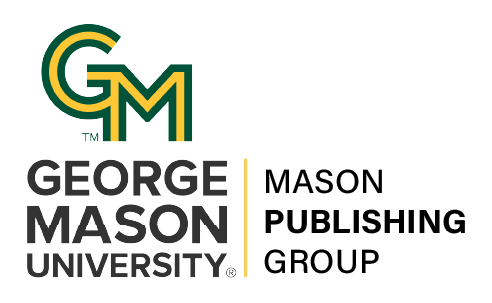Enhancing Teamwork in Group Projects by Applying Principles of Project Management
DOI:
https://doi.org/10.13021/G8itlcp.10.2018.2178Abstract
Group project assignments are given to emphasize the importance of good teamwork as well as good communication skills, good time management skills, and ethical responsibility of each member. It is often the case that only a few students in the group do the bulk of the work, which the instructor has no way of monitoring. This problem has been addressed with reasonable effectiveness by applying the principles of project management to the project teams. An example from the field of engineering will be shared, which may be applied effectively to almost any group endeavor. Participants will be able to describe one approach to managing groupwork and explain how this could be applied to projects in their courses.
_____________________________________________________
FULL ABSTRACT:
I teach an undergraduate class on an introduction to engineering. The curriculum for this class calls for a group project assignment which constitutes the largest component of the final grade (30%). The purpose of the group project is to expose first year students to the importance of working in groups. It also addresses the need to develop soft skills that have not traditionally been emphasized in the engineering curriculum, such as good communication skills, ethical responsibility, and teamwork. These skills are now explicitly named by the Accreditation Board for Engineering and Technology in their "ABET Attributes of Engineering Graduates".
The challenge with the group project assignment is that the skills mentioned above do not come naturally to many students when they work in groups, especially engineering students. The tendency is for one or two students to do the bulk of the work while the others hardly participate at all. This is obviously unsatisfactory for the students who don't participate. Furthermore, there is no practical mechanism for the instructor to gauge the amount of work done by individual students since it is done outside of class, in keeping with the overall purpose of developing the ability to work in groups without the active participation of the instructor.
I have applied some basic principles of project management to the group project assignment in my class with a reasonable measure of success. In a class of 100 students, 25 groups of 4 students are organized into teams. Primary roles are assigned to each member of the team. It is critical that one student be the project manager for the team. I explain that in this role the student will be responsible for scheduling, planning, and budgeting for the duration of the project. They will also be responsible for communicating with the instructor concerning overall progress. I then request volunteers. This is important, because volunteering indicates a willingness on the part of the student to take on a leadership role - something that is essential for a successful project manager. I then request volunteers for the remaining primary roles - project engineer, CAD lead engineer, and documentation lead engineer. The groups form somewhat spontaneously in this fashion inside the classroom. The project managers then coordinate group meetings during the course of which each group identifies resources they will require on the GMU campus.
Groups are given a selection of possible engineering projects. They must agree as a team to take on one of the projects. This is actually the way (ideally) that project teams are "supposed" to come together. Alternatively, if none of the projects is considered suitable, the group may propose their own project as long as it conforms to the same basic format as the original projects and is approved by the instructor. Although each student has a primary role of responsibility, all students are encouraged to familiarize themselves with all roles as a learning experience in teamwork. At the end of the project each group makes a presentation to the entire class. The overall presentation is led by the project manager, but each student briefly presents their part of the project. The instructor, acting as the primary stakeholder in the project, provides feedback to each group. Project managers are responsible for submitting a final report that follows up on the feedback.
Using this approach provides a framework in which progress can be made on a group project in which the work is shared reasonably evenly. In addition, students are actively engaged in learning a new set of skills related to project management.




